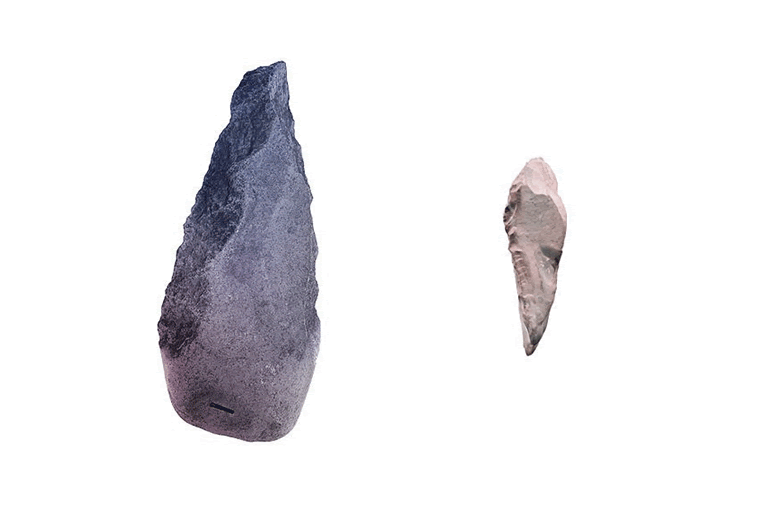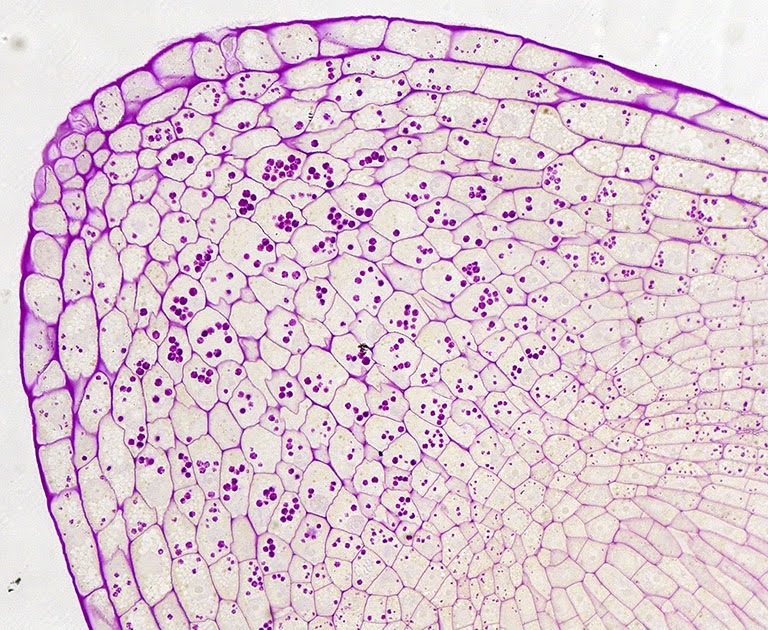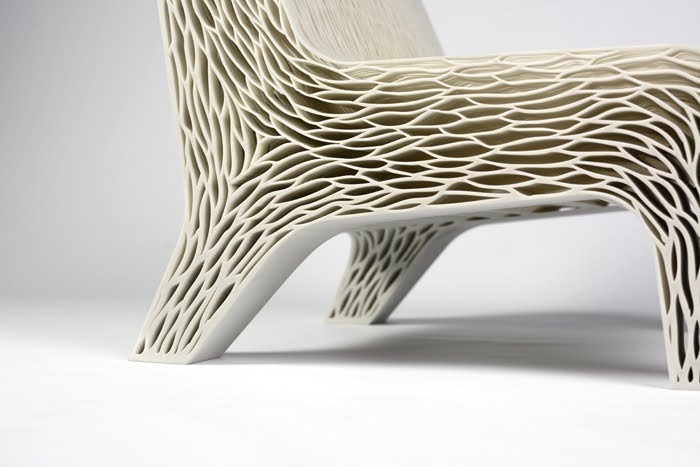3D Printers and the Death of Symmetry
Published on 🤖 If you want your AI to read this post, download it as markdown.I originally published this post on the now-defunct Arinspunk blog in February 2016. I wrote it after watching a TEDx talk by Tommaso Ghidini (ESA) that blew my mind. In it, Tommaso argued that with 3D printers, we should forget about symmetry and embrace asymmetry—the way nature designs.
Maybe it's just the misguided opinion of someone not well-versed in 3D printing, but I feel there's still a long way to go in this approach. What are your thoughts?
Our technology, from the earliest rudimentary tools, has been primarily subtractive. This means that to build an object, we remove material from an initial raw material until we achieve the desired shape.

With the advent of 3D printers, this approach changes. We shift from subtractive to additive techniques, as 3D printers don't remove material but add it.
This change might initially go unnoticed, overshadowed by other aspects revolutionizing industrial production through fabbing:
- Maximizing the optimal production scale.
- Extending piracy into the realm of patents.
- Initiating the manufacturing of objects in space.
But it entails a significant (and very interesting) consequence from a product design perspective: the death of symmetry (or its uselessness).
Symmetry is crucial when producing subtractive-shaped parts, as an object is easier to manufacture if it has simple shapes arranged on symmetrical axes. However, with additive techniques, this symmetry is no longer necessary. For a 3D printer, it doesn't matter whether it prints a symmetrical or asymmetrical object.
So, why not continue designing symmetrical objects[1] and take advantage of the reduction/simplification in manufacturing? Because asymmetry opens a new door: designing/producing as nature does.

In nature, nothing is truly symmetrical[2], but this lack of symmetry doesn't diminish the quality of natural structures; quite the opposite. Millions of years of evolution have created countless (and excellent) solutions to many problems. Solutions that are waiting for us to apply them to our objects.
That's why replicating symmetrical pieces with a 3D printer just because it's easier and cheaper is a mistake. To harness the full potential that this new technology offers, we must stop thinking as we did before and start designing as nature does—organically and asymmetrically.

Future
Will this organic design eventually permeate from product design to graphic design?
Applying it to editorial and web design might be a bit forced. But how will we design for a flexible screen adapted to the shapes of a three-dimensional object? What will graphic design be like for the digital skin of an electric octopus?
[1] Working with asymmetrical forms rarely went beyond ornamental or playful/provocative character.
[2] Bilateral and radial symmetry are not exact (geometric) symmetries.
The image 'Stone bifaces' is a gif made from photos by Didier Descouens – CC BY-SA 4.0